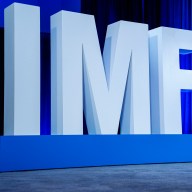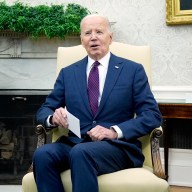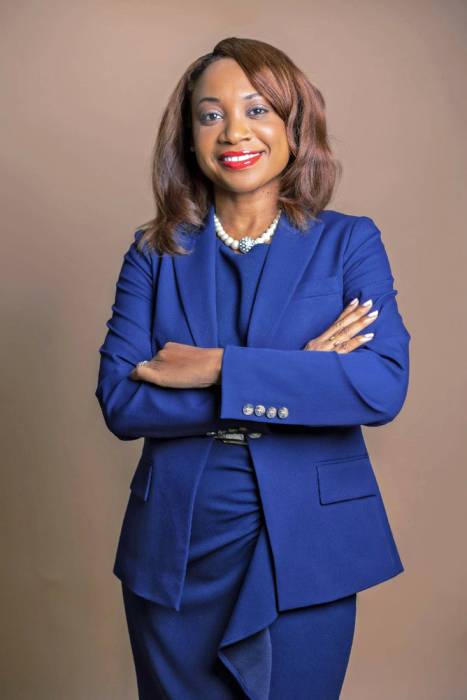David Oyelowo was at the Sundance Film Festival in 2012, promoting “Middle of Nowhere,” his first film with “Selma” director Ava DuVernay. While standing in the lobby after a screening, he suffered an all-too-common occurrence for an actor: A stranger handed him a script. Her name was Maris Curran and the script was “Five Nights in Maine.” She said she wrote the lead role for him: A man who visits his the estranged, sickly mother of his wife, who has just died. Normally Oyelowo would give it a cursory read and bail after 10 pages. But he kept reading. And now both the actor and his writer-director are doing press for the finished product. I can think of many ways to answer this, but I wanted to hear your reasons, David, for supporting small projects like this given your fame. RELATED: Interview: Viola Davis had a blast playing a badass in “Suicide Squad” Hollywood no longer makes films about grief, but I imagine it’s difficult these days even making one as an indie. Oyelowo: The great thing is that with “Five Nights in Maine,” I think we found a model that does work, where you can have a theatrical release at the same as VOD, and it gives financiers a real shot at making their money back. A few years ago there would have been a theatrical release and then you had to wait a few months, because of agreements that were in place, for the DVD sales. Both of those require quite a bit of marketing. Now you have social media and people are able to flick through Netflix or Apple TV or OnDemand, and there it is. You’re not having to spend millions of dollars to wave and say, “Please pay attention to my movie!” Grief is something we’re not only afraid to talk about but also to put in movies. Can you talk about finding a way to make the subject both dramatic and cinematic? The movie makes no big deal that David’s character was in an interracial marriage, but the subject of race still comes up here and there. Oyelowo: The way to get the conversation to go beyond race and the ways in which we’re different is to look at the ways in which we’re similar, both as people of different shades but also as men and women. It’s incredibly strange to still be having this conversation around what is 50 percent of the population. Women have proven themselves in every sphere of life to be equals of men. That we could say “David Oyelowo is in a film and, whoa, it’s not about race,” is so indicative of the very narrow framework not only of what people are thinking but what people are being presented with. As more diversity infiltrates the film industry, all the barriers will come crumbling down, because it will actually reflect the world we live in more. That’s why we have to keep making these films. There are two things going on: Hopefully you’re creating beautiful art, but also elevating culture and moving it forward. Follow Matt Prigge on Twitter @mattprigge
David Oyelowo: In some ways it’s misleading to call a film like this “small.” It’s by way of necessity. It’s a small cast and you want to be able to be nimble. And as an actor, on a film like this, you don’t want noise. You don’t want an unwieldy group of people bustling their way through Maine, letting their presence be felt. It’s the same way that every play doesn’t need a big theater. Sometimes seeing a play in a small venue is absolutely right. As an actor I don’t think of them as big or small. My bank balance does.
Maris Curran: Not only that: I’m a first-time filmmaker, I’m a woman, our cast is mostly of color, with the second lead [played by Diane Wiest] being a woman of 65. And it’s about grief. We had to look for people who wanted to see this vision, see the real world reflected back on the screen. We Kickstarted in development, which gave us enough to start, and we had financiers come in and say, “We need this film in our lives, we need this film in the marketplace, we need this film in the world.”
Curran: We can talk about themes, we can talk about emotions, but there are also very strong visual choices in the film. The choice to bring on Sofian El Fani, the cinematographer of “Blue is the Warmest Color, was a very specific choice. “Blue is the Warmest Color” is a very visceral, sensual film. We decided to narrow the frame. There’s quite a lot of close-ups. The feeling of grief is one of nausea, of claustrophobia, one that you want to escape but aren’t sure of the route. I wanted to thrust the audience into this man’s shoes and not let go until the end.
Curran: Race is part of the fabric of the film; it inhabits the world these people are living in. But it was important that it was not the number one theme. A film that has David Oyelowo in the lead should not always have race be the only theme. The theme of the film is love and loss and grief, but that is not to deny that race permeates throughout.













